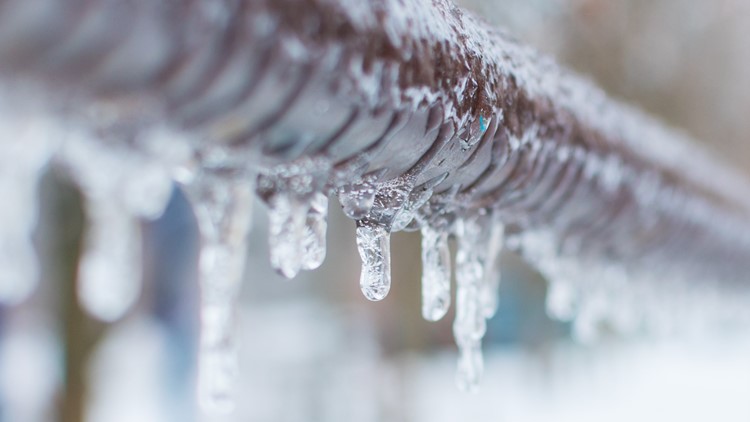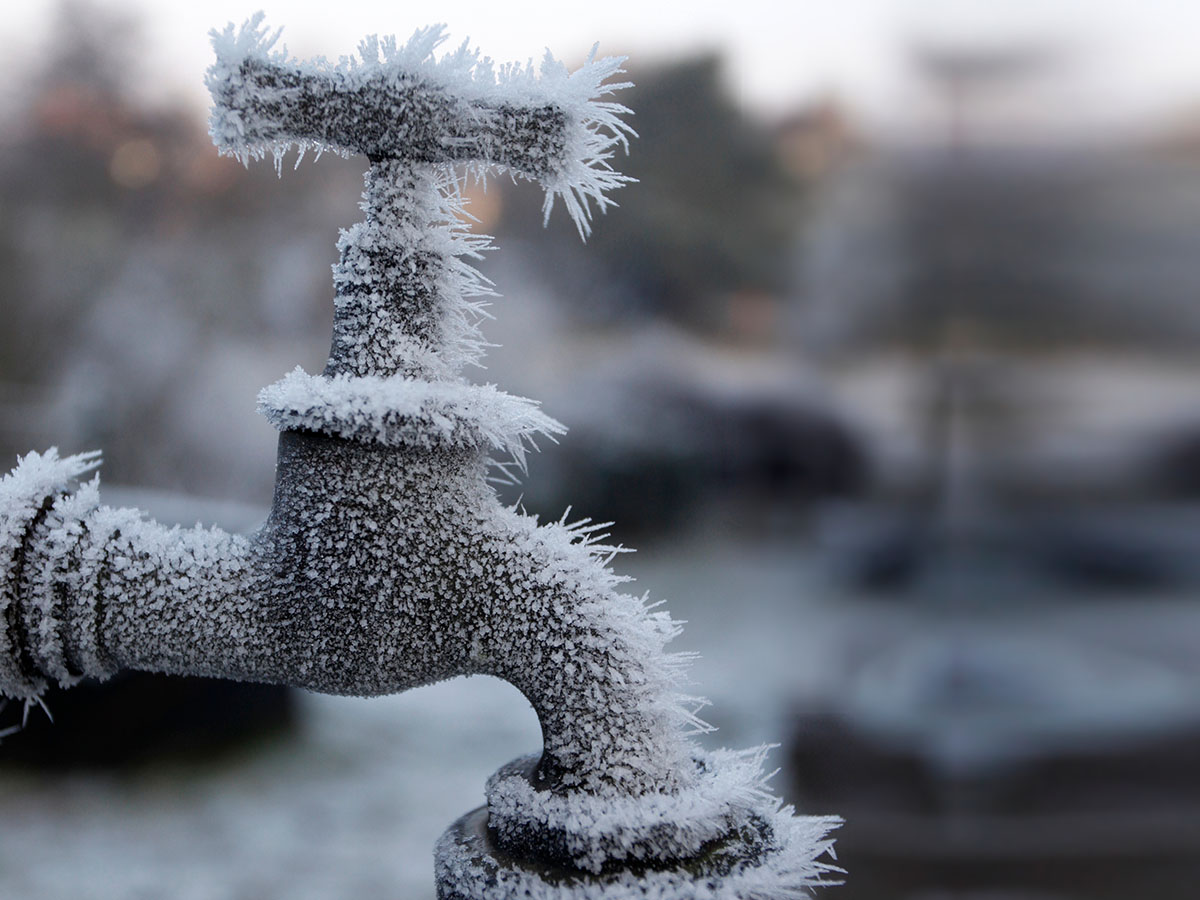Nearly everybody has their private thoughts about Prevent Frozen Pipes .

Cold weather can damage your plumbing, specifically by freezing pipes. Right here's just how to stop it from taking place and what to do if it does.
Intro
As temperature levels decrease, the danger of icy pipes rises, possibly bring about pricey fixings and water damages. Understanding how to stop frozen pipelines is critical for property owners in cool environments.
Prevention Tips
Protecting susceptible pipes
Wrap pipelines in insulation sleeves or make use of warmth tape to safeguard them from freezing temperatures. Concentrate on pipelines in unheated or outside locations of the home.
Home heating techniques
Keep interior areas effectively heated up, particularly locations with plumbing. Open cabinet doors to permit cozy air to circulate around pipes under sinks.
Just how to determine icy pipelines
Seek lowered water flow from faucets, uncommon odors or sounds from pipelines, and visible frost on exposed pipelines.
Long-Term Solutions
Structural changes
Take into consideration rerouting pipelines far from exterior walls or unheated locations. Add additional insulation to attic rooms, basements, and crawl spaces.
Upgrading insulation
Buy premium insulation for pipelines, attic rooms, and wall surfaces. Proper insulation helps preserve regular temperature levels and reduces the threat of frozen pipelines.
Safeguarding Outside Pipes
Yard hoses and outdoor faucets
Separate and drain yard hose pipes before winter. Set up frost-proof faucets or cover outside taps with shielded caps.
Comprehending Icy Pipelines
What creates pipelines to ice up?
Pipelines ice up when exposed to temperatures listed below 32 ° F (0 ° C) for extended durations. As water inside the pipes freezes, it increases, putting pressure on the pipe wall surfaces and potentially creating them to burst.
Dangers and problems
Icy pipes can bring about water interruptions, residential property damages, and costly repairs. Ruptured pipelines can flooding homes and create comprehensive architectural damage.
Indicators of Frozen Pipes
Determining icy pipes early can prevent them from bursting.
What to Do If Your Pipes Freeze
Immediate activities to take
If you think icy pipes, maintain taps open to soothe stress as the ice melts. Make use of a hairdryer or towels soaked in warm water to thaw pipelines slowly.
Conclusion
Preventing icy pipelines requires aggressive actions and fast actions. By comprehending the reasons, indications, and preventive measures, homeowners can safeguard their pipes throughout cold weather.
5 Ways to Prevent Frozen Pipes
Drain Outdoor Faucets and Disconnect Hoses
First, close the shut-off valve that controls the flow of water in the pipe to your outdoor faucet. Then, head outside to disconnect and drain your hose and open the outdoor faucet to allow the water to completely drain out of the line. Turn off the faucet when done. Finally, head back to the shut-off valve and drain the remaining water inside the pipe into a bucket or container. Additionally, if you have a home irrigation system, you should consider hiring an expert to clear the system of water each year.
Insulate Pipes
One of the best and most cost-effective methods for preventing frozen water pipes is to wrap your pipes with insulation. This is especially important for areas in your home that aren’t exposed to heat, such as an attic. We suggest using foam sleeves, which can typically be found at your local hardware store.
Keep Heat Running at 65
Your pipes are located inside your walls, and the temperature there is much colder than the rest of the house. To prevent your pipes from freezing, The Insurance Information Institute suggests that you keep your home heated to at least 65 degrees, even when traveling. You may want to invest in smart devices that can keep an eye on the temperature in your home while you’re away.
Leave Water Dripping
Moving water — even a small trickle — can prevent ice from forming inside your pipes. When freezing temps are imminent, start a drip of water from all faucets that serve exposed pipes. Leaving a few faucets running will also help relieve pressure inside the pipes and help prevent a rupture if the water inside freezes.
Open Cupboard Doors
Warm your kitchen and bathroom pipes by opening cupboards and vanities. You should also leave your interior doors ajar to help warm air circulate evenly throughout your home.

I came across that piece of writing about Winter Plumbing Precautions: Preventing Frozen Pipes when doing a lookup on the search engines. Are you aware of somebody else who is serious about Prevent Frozen Pipes ? Be sure promote it. Thank you for taking the time to read it.
Get Quote Now